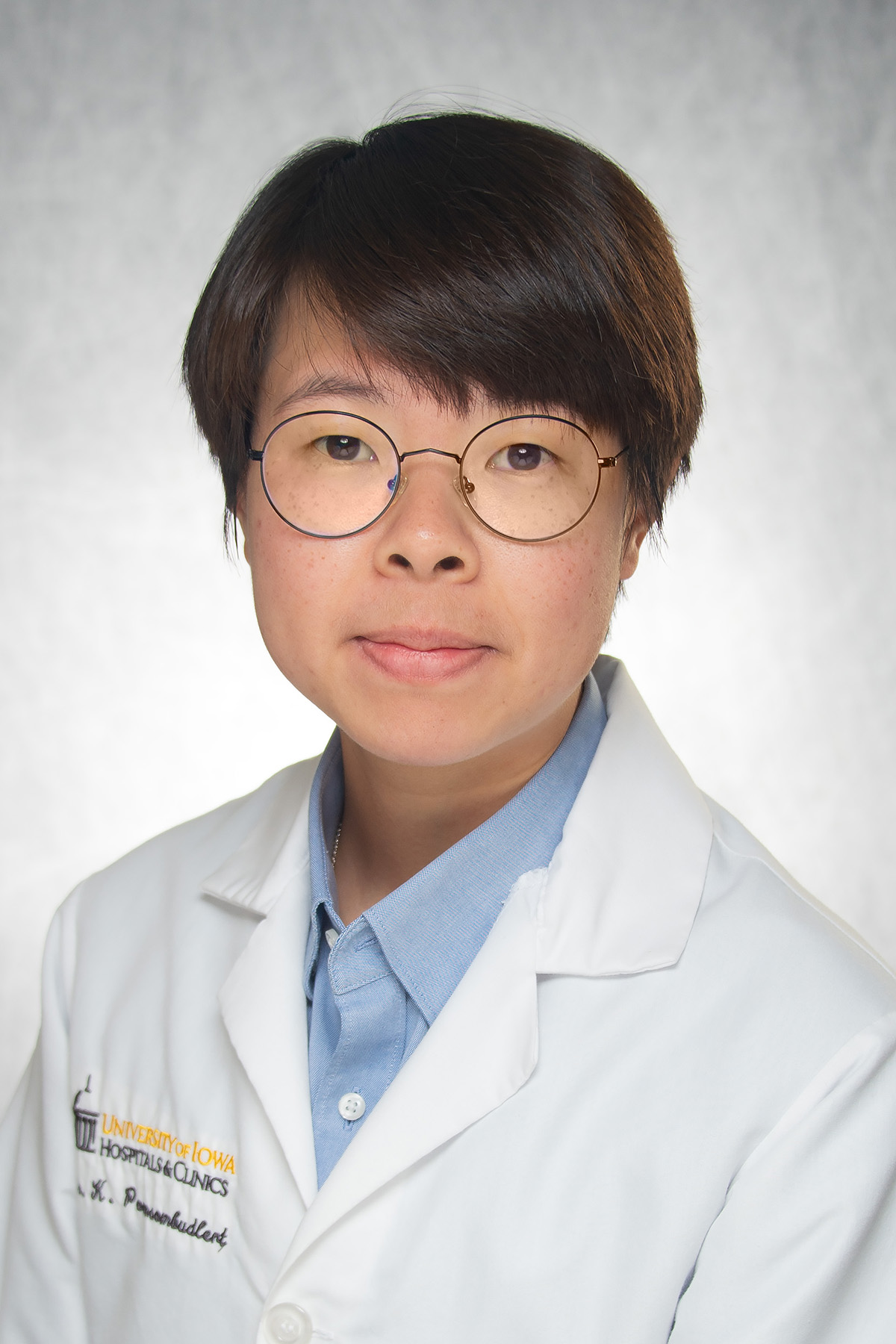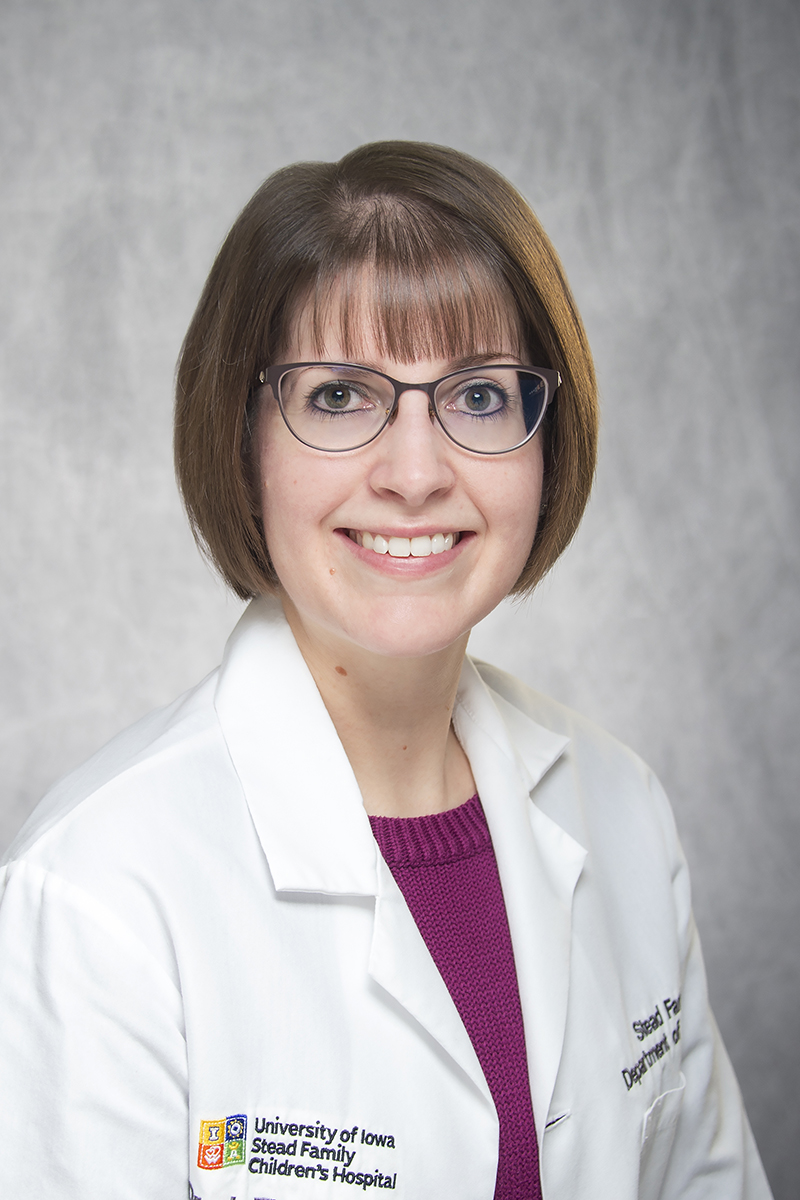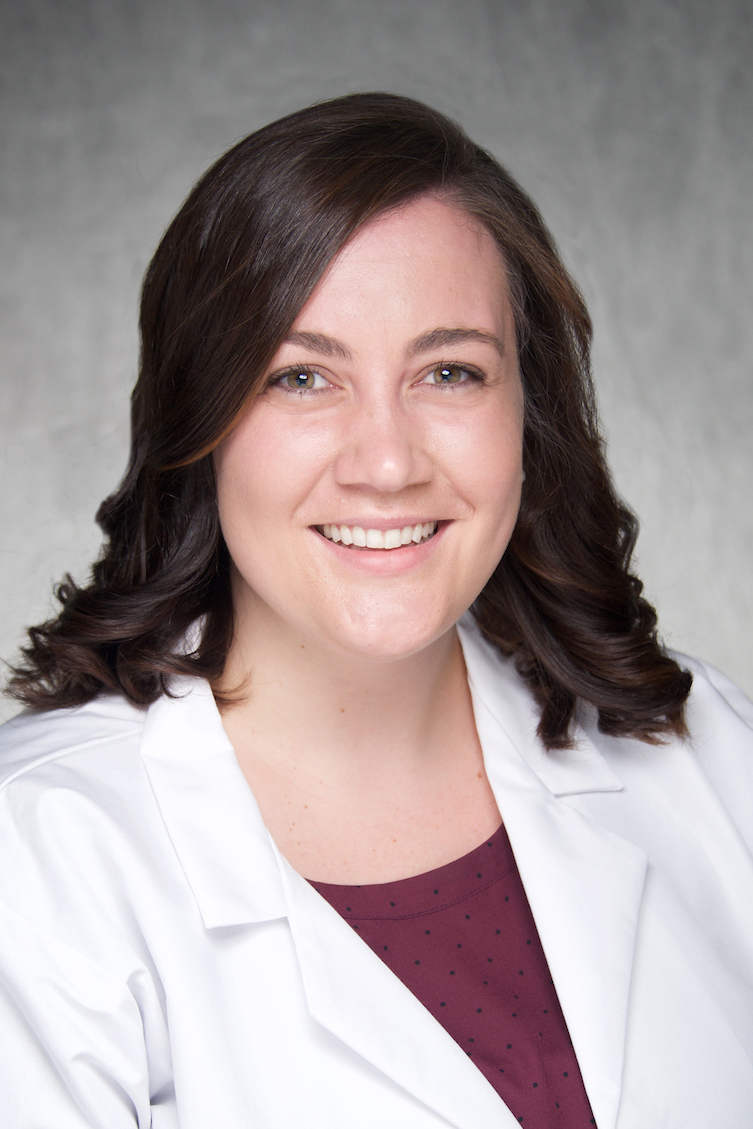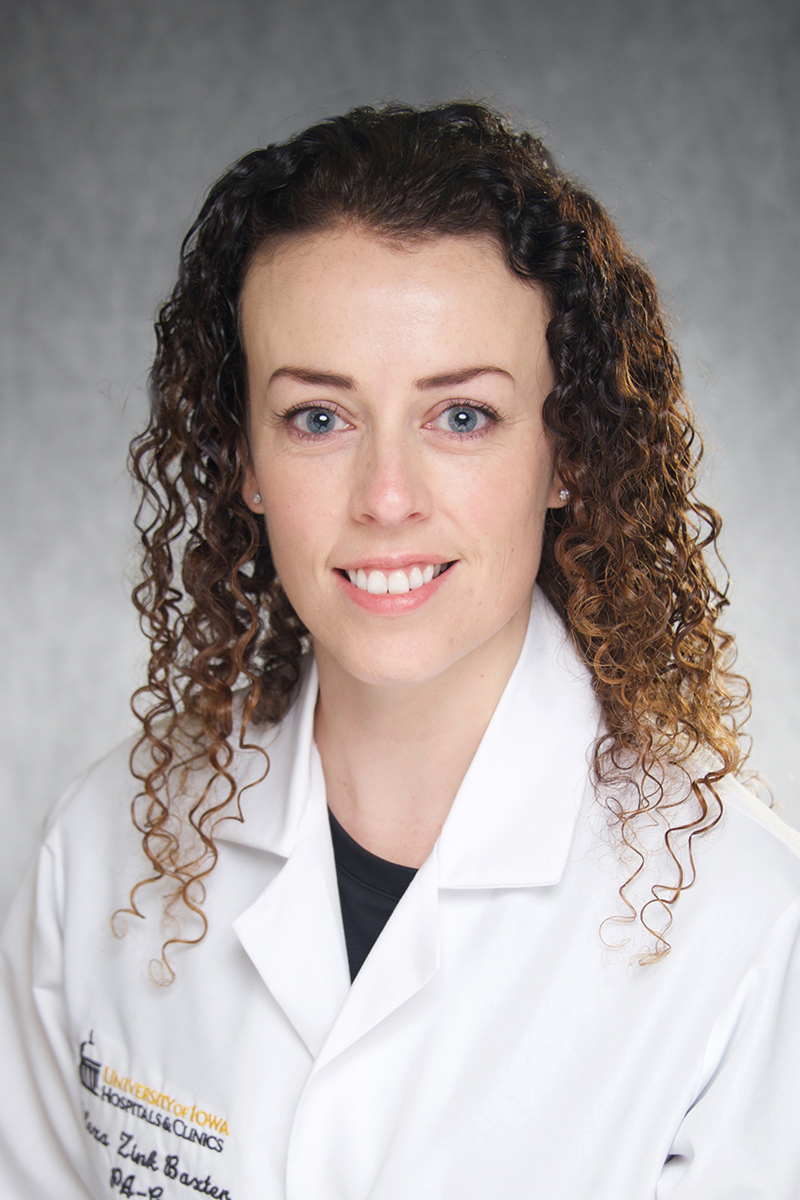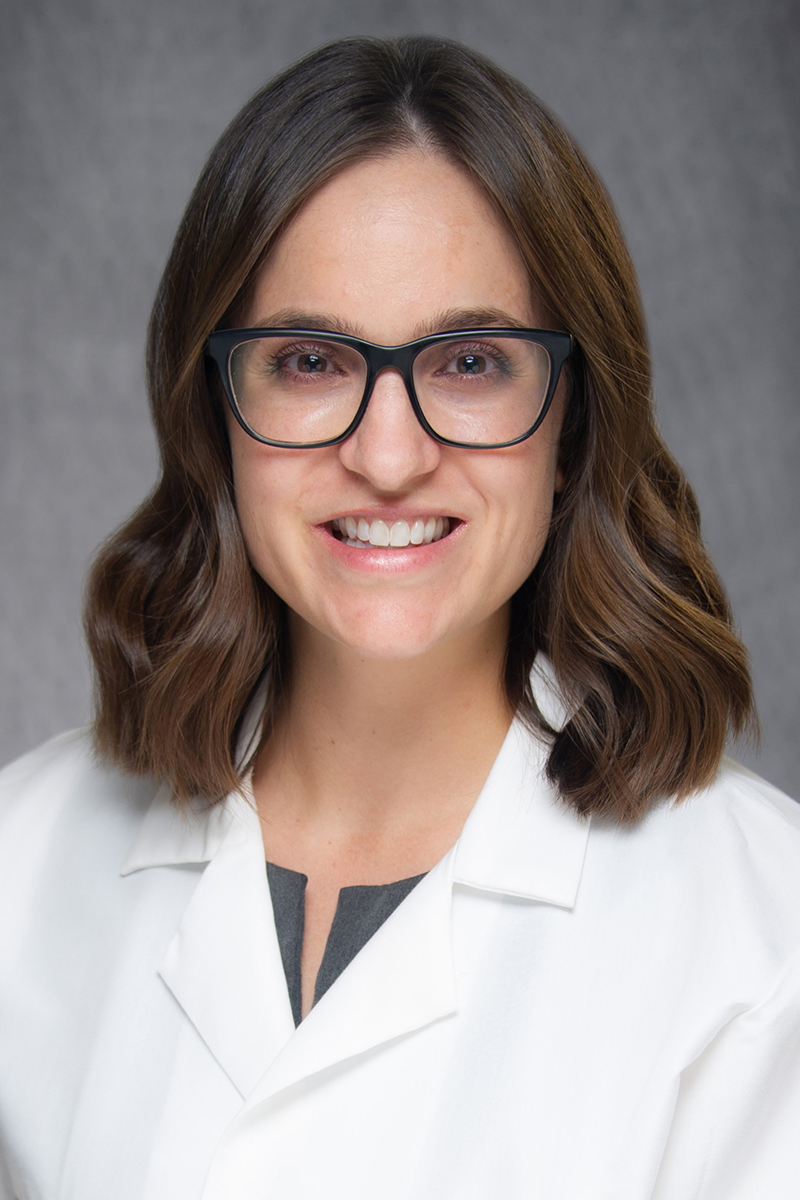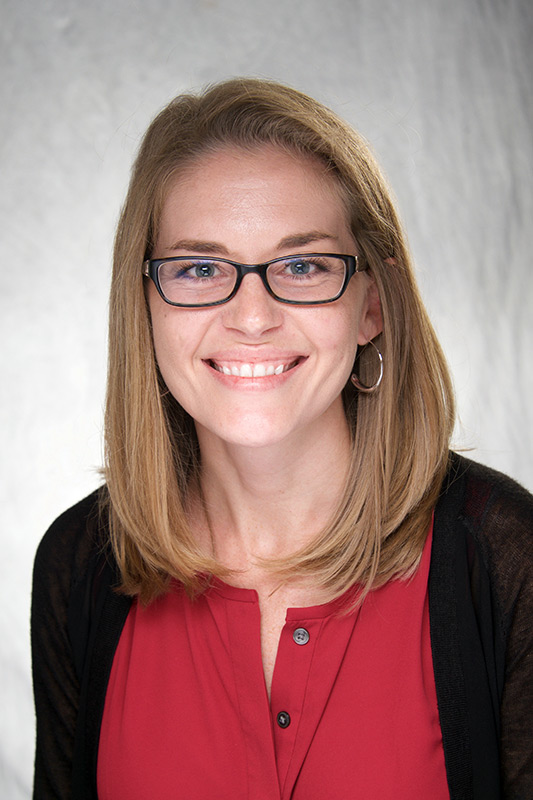Leukemia is cancer of the blood.
The four most common types of leukemia are named for the cells they affect and are often referred to by their three-letter acronyms:
- Acute lymphocytic leukemia (ALL)
- Acute myeloid leukemia (AML)
- Chronic lymphocytic leukemia (CLL)
- Chronic myeloid leukemia (CML)
Blood cells begin their life in your bone marrow. Leukemia is a condition in which the bone marrow creates abnormal blood cells.
In acute types of leukemia, those abnormal cells grow quickly. Chronic leukemia grows slowly.
Children with leukemia usually have acute leukemia. Adults can get either kind.
Learn more about leukemia and its symptoms.
- For many people, the first sign of leukemia shows up in a routine blood test.
-
Many people who have leukemia don’t know it until their doctor notices lower counts of normal blood cells in their blood test.
Or they may not recognize the signs, because many leukemia symptoms are similar to symptoms of other conditions. These may include:
- Feeling tired or weak
- Fever or chills
- Unexpected weight loss
- Night sweats
- Bone pain
- Nosebleeds
- Easy bruising
- Frequent infections
Most leukemias affect white blood cells. White blood cells help your immune system fight off infection and disease.
- About ALL: People have a higher risk of getting it if they already have one of several other conditions.
-
Acute lymphocytic leukemia, or ALL, is also called acute lymphoblastic leukemia. In ALL, there are too many lymphocytes in your bone marrow. Lymphocytes are the early version of what eventually becomes a white blood cell.
A risk factor is something that increases the chance that you might get a disease.
You may be at greater risk if you have these conditions.
Risk factors for ALL include:
- Exposure to high levels of radiation
- Exposure to certain chemicals, such as benzene and certain chemotherapy drugs
- Certain viral infections, such as:
- T-cell lymphoma/leukemia virus-1 (HTLV-1) in Japan and the Caribbean
- Epstein-Barr virus in Africa
- Inherited syndromes, such as:
- Down syndrome
- Klinefelter syndrome
- Fanconi anemia
- Bloom syndrome
- Ataxia-telangiectasia
- Neurofibromatosis
- Race: more common in Caucasians than in African-Americans
- Gender: more common in men than in women
ALL is not a single disease. It’s actually a group of related diseases. Patients with different types of ALL will have different treatments and responses to those treatments.
Treatment for ALL depends on your specific condition.
The main treatment options for ALL are:
- Chemotherapy
- Targeted therapy: daily medication, typically given as a pill
- Stem cell transplant
Other possible forms of treatment include surgery, radiation therapy, or monoclonal (human-made) antibodies.
Treatment for ALL typically lasts for two years. It can be an intense treatment, so it’s good to get your ALL care at a center with recognized experience in treating the disease.
- About AML: It’s the most common leukemia in adults.
-
Acute myeloid leukemia (AML) is also known as acute myelogenous leukemia. In AML, early versions of blood cells become abnormal and then invade the body. Without treatment, most patients with AML would live only a few months.
Consider these risk factors.
A risk factor is something that increases the chance that you might get a disease. Risk factors for AML include:
- Smoking
- Exposure to certain chemicals, such as benzene
- Certain chemotherapy drugs, such as alkylating agents and topoisomerase II inhibitors
- Radiation exposure, such as being a survivor of a nuclear reactor accident
- Certain blood disorders, such as polycythemia vera, essential thrombocythemia, and idiopathic myelofibrosis
- Genetic syndromes such as:
- Fanconi anemia
- Bloom syndrome
- Ataxia-telangiectasia
- Diamond-Blackfan anemia
- Shwachman-Diamond syndrome
- Li-Fraumeni syndrome
- Neurofibramatosis type 1
- Severe congenitalneutropenia
- Down syndrome
- Trisomy 8
- Family history of AML
- Older age
- Male gender
Typically there are two phases of AML treatment.
The first phase kills the leukemia cells and puts the cancer into remission.
The second phase kills any remaining leukemia cells that aren’t active but may be able to grow again.
- About CLL: This slow-progressing disease also is a common adult leukemia.
-
In chronic lymphocytic leukemia, or CLL, the bone marrow makes too many abnormal lymphocytes. Lymphocytes are the early version of what eventually becomes a white blood cell. CLL is usually found in middle age or later and gets worse slowly. It’s rarely diagnosed in children.
People with CLL have a shortage of normal white blood cells, so their immune system doesn’t work as well as it should. They have a higher risk of infection.
There are five categories of CLL treatment.
- Observation: In the early stage of the disease, when it’s usually progressing slowly, the patient’s condition is monitored until the symptoms begin to change.
- Radiation: Radiation treatment can kill cancer cells or stop them from growing.
- Chemotherapy: Chemotherapy drugs can kill cancer cells or stop them from growing.
- Surgery: Some CLL patients may have their spleen removed.
- Targeted therapy: Targeted therapy uses drugs that identify cancer cells and attack them. There are many types of targeted therapy for CLL.
- About CML: This slow-growing leukemia can change into a fast-growing and acute leukemia.
-
Chronic myeloid leukemia, or CML, is also known as chronic myelogenous leukemia. CML starts in blood-forming cells in the bone marrow.
People with CML don’t make enough red blood cells, white blood cells that function properly, or platelets. This happens because the leukemia cells replace the regular blood-making cells in the bone marrow.
Treatment options depend on your specific case.
You and your doctor will determine your treatment for CML. Targeted therapy drugs are the main treatment for CML, but other treatments may be necessary. These include:
At Holden, you’re treated by specialists who only treat leukemia patients.
And because we have doctors who specialize in each type of leukemia, you’ll receive your care from a provider with deep expertise in your cancer. They understand the disease, and they stay informed about the latest advancements in treatment.
Holden also offers leukemia patients:
- Clinical trials: We offer the most recent treatment methods and therapies, and our doctors are also leukemia researchers who are often studying the latest breakthroughs in leukemia.
- A critical focus on blood cancers: Our teams for leukemia, lymphoma, and multiple myeloma work very closely together on research, teaching, and patient care to provide optimal outcomes for blood cancer patients.
- Iowa’s only comprehensive bone marrow transplant program: Holden has the state’s only comprehensive bone marrow transplant program, with autologous (stem cells from you) and allogenic (stem cells from other people) bone marrow transplants.
- Molecular mutation profiles: Our pathology tests help us pinpoint your type of leukemia and identify the right treatment for you.
- Multiple treatment options: Many leukemia patients need multiple types of treatments over the course of their treatment. We offer a full range of services in one program to allow us to offer you the best treatment for your leukemia.
- First-of-their-kind treatments: Holden is among the nation’s first centers to use CAR T-cell therapy, a groundbreaking technology that uses a genetically improved version of a cancer patient’s own white blood cells to kill the cancer cells in the patient’s body.
Internal Medicine Physicians
Pediatric Physicians
Pathology Physicians
Nurse Practitioner
Physician Assistants
Genetic Counselors
Specialty Pharmacists
Hospitalists
- Kalyan Nadiminti, MD
- Uzair Saqlain, MD
Care Coordinators
- Jennifer Adams, Social Work
- Amanda Herbst, RN
- Jan Stewart, RN
Clinical Trial Staff
- Marian Anderson
- Janan Geick-Miller
- Clarine Halveson
- Karen Parott
- Victoria Scaccia
- Jill Wegmann
Cancer Care Clinics
Clinical Cancer Center
21602 Pomerantz Family Pavilion (PFP)Elevator M, Level 1
Phone: 1-319-356-4200



